Home>Interior Design>How To Cool Down A Room: 9 Ways To Lower The Temperature
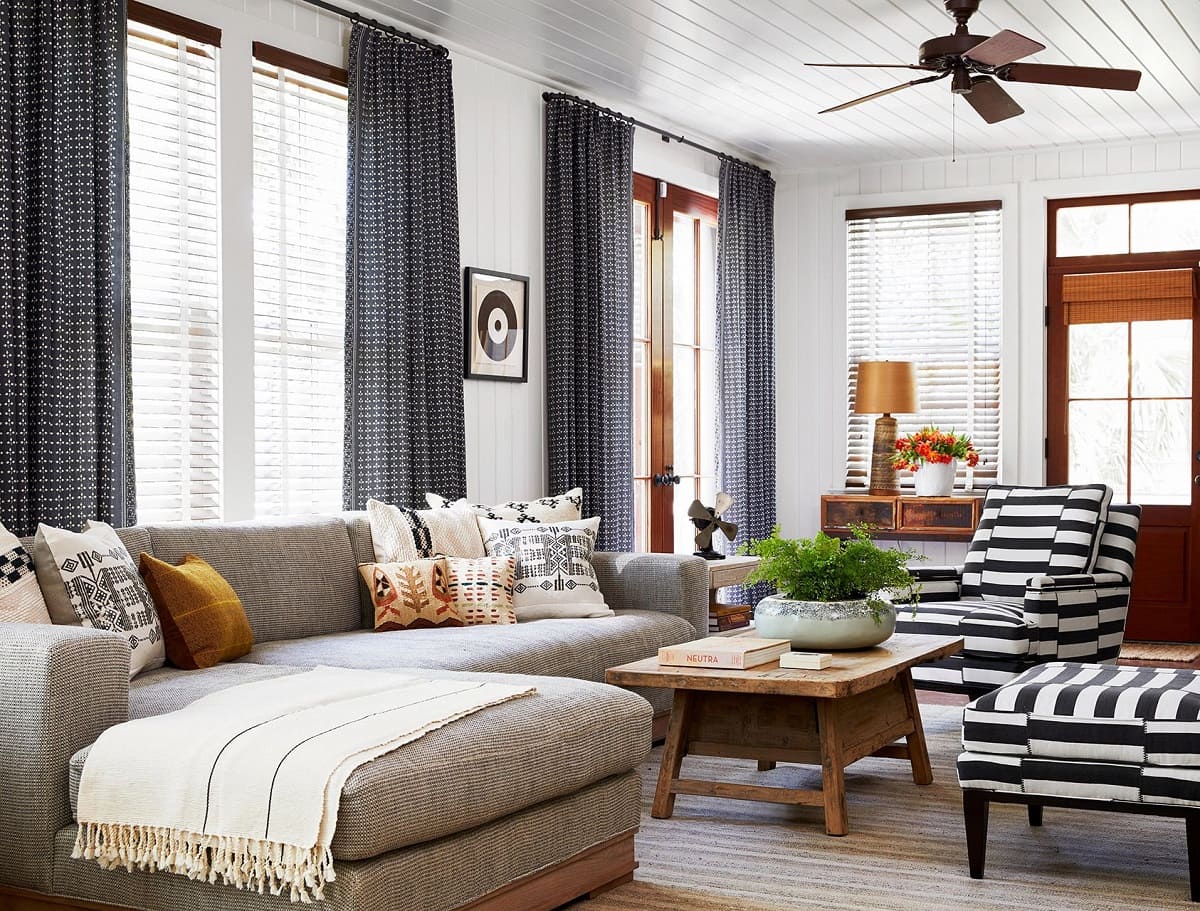

Interior Design
How To Cool Down A Room: 9 Ways To Lower The Temperature
Modified: August 29, 2024
Learn how to lower the temperature in your room with these 9 interior design techniques. Cool down your space and beat the heat now!
(Many of the links in this article redirect to a specific reviewed product. Your purchase of these products through affiliate links helps to generate commission for Storables.com, at no extra cost. Learn more)
Introduction
Are you tired of sweating through the sweltering summer months? Do you dream of coming home to a cool and refreshing oasis? If so, you’re not alone. Many people struggle with keeping their rooms cool during the hot summer season, resulting in discomfort and reduced productivity. But fear not, as there are several effective methods to help lower the temperature and create a more comfortable living space.
In this article, we will explore nine practical ways to cool down a room. Whether you’re looking to beat the heat without relying heavily on air conditioning or want to complement your AC system, these tips will help you create a cooler and more enjoyable environment.
Key Takeaways:
- Keep your room cool by using curtains, fans, and natural ventilation. Avoid heat-generating appliances and optimize lighting for a more comfortable and energy-efficient environment.
- Consider evaporative cooling in dry climates and use a dehumidifier to reduce humidity levels. Experiment with different methods to find the perfect balance of comfort and energy efficiency.
Close the Curtains and Blinds
When the sun’s rays enter a room, they bring with them a significant amount of heat. By simply closing the curtains and blinds during the hottest part of the day, you can prevent the sun from turning your room into an oven.
Choose curtains or blinds that have a thermal lining, as they are specifically designed to reflect heat and block out sunlight. This will help to keep the room cooler and reduce the need for excessive air conditioning.
Another tip is to opt for lighter-colored curtains or blinds, as dark colors tend to absorb heat. Lighter shades will reflect more sunlight and keep the room temperature down.
If your room has multiple windows, consider using blackout curtains or blinds. They have an added layer of insulation that not only blocks out sunlight but also reduces the transfer of heat from the outside.
By closing the curtains and blinds, you create a barrier between the sun’s heat and your room, allowing you to enjoy a cooler and more comfortable space.
Use a Fan
A fan is a simple yet effective tool for cooling down a room. By circulating the air, it creates a breeze that helps to evaporate moisture from your skin, making you feel cooler. Whether you opt for a ceiling fan, a portable fan, or a combination of both, using a fan can make a significant difference in lowering the temperature.
Position the fan strategically to maximize its cooling effect. Place it near a window to bring in fresh air or aim it towards you for a direct breeze. You can also place a bowl of ice in front of the fan to create a makeshift air conditioner. As the ice melts, the fan will circulate the cool air, providing a refreshing breeze.
If you have a ceiling fan, make sure it’s rotating counterclockwise during the summer. This creates a downward airflow, which creates a wind-chill effect and helps you stay cool.
If you’re looking for a portable fan, consider investing in a tower fan or a pedestal fan. These types of fans offer a wider range of airflow and can be adjusted to different heights and angles.
Using a fan in combination with other cooling methods, such as closing the curtains and blinds, can amplify the cooling effect and help you combat the summer heat.
Set up a Cross Breeze
Creating a cross breeze is an effective way to naturally cool down a room without relying heavily on air conditioning. It involves strategically positioning windows and doors to allow for optimal airflow and circulation.
To set up a cross breeze, open windows on opposite sides of the room. This will create a pathway for fresh air to enter and hot air to escape. If possible, also open doors or use interior fans to help facilitate the airflow.
Take advantage of the natural wind direction by positioning windows accordingly. If there is a breeze coming from a certain direction, open the windows on that side to allow the cool air to flow in. You can also use a window fan to pull in the cool air from the outside.
Keep in mind that the temperature and wind direction may vary throughout the day, so be flexible in adjusting the windows and doors to optimize the cross breeze. Experiment with different configurations to find the most effective setup for your room.
By harnessing the power of nature and creating a cross breeze, you can enjoy a cooler and more refreshing environment in your room.
Avoid Using Heat-Generating Appliances
Appliances that generate heat can significantly contribute to the rising temperature in a room. To keep your space cool, it’s important to avoid using these heat-generating appliances, especially during the peak heat hours.
Some common culprits of heat generation include ovens, stoves, dryers, and even desktop computers. These appliances not only produce heat themselves but also release hot air into the surrounding environment.
If possible, limit the use of these appliances during the hottest parts of the day. Consider using alternative methods of cooking, such as grilling outdoors or using a microwave. Additionally, air-dry your clothes instead of using a dryer, and position your desktop computer in a well-ventilated area.
By reducing the use of heat-generating appliances, you can prevent unnecessary heat buildup in your room and maintain a cooler atmosphere.
Use Natural Ventilation
Natural ventilation is a great way to cool down a room while reducing your reliance on air conditioning. By harnessing the power of outdoor air circulation, you can create a fresh and cool environment inside your space.
One of the simplest ways to utilize natural ventilation is by opening windows and doors. This allows for the exchange of stale indoor air with fresh outdoor air. To maximize the cooling effect, choose windows and doors that are positioned opposite to create a cross breeze.
Another method is to strategically place ventilation openings in your room. This can include installing vents, louvers, or skylights that promote the flow of air. These openings can be adjusted to allow for increased airflow during hot weather.
If you have access to a balcony or outdoor space, consider placing a box fan or tower fan near the opening. This will help to draw in the cooler outdoor air and circulate it throughout the room.
In addition, using natural ventilation in the early morning and late evening hours when the temperature is lower can help to pre-cool your room. Close the windows and blinds during the hottest parts of the day to trap the cool air inside and prevent the entry of hot outdoor air.
By utilizing natural ventilation, you can take advantage of the cool air from outside and maintain a comfortable and refreshing room temperature.
Using blackout curtains can help block out the sun’s heat and reduce the temperature in a room. Choose light-colored curtains to reflect sunlight and keep the room cooler.
Insulate the Room
Insulating your room is not only important for maintaining warmth during the colder months but also for keeping the heat out during the summer. Proper insulation helps to create a barrier that prevents the transfer of heat from the outside to the inside of your room.
Start by checking for any air leaks around windows, doors, and electrical outlets. Use weatherstripping or caulking to seal these gaps and prevent warm air from entering your room.
Consider investing in thermal insulation materials for your walls, ceiling, and floors. These materials, such as insulation foam or fiberglass, help to regulate the temperature inside your room by reducing heat transfer through conduction and preventing drafts.
If you have a room located directly under the roof, it’s crucial to insulate the ceiling to prevent the transfer of heat from the attic. Insulating the roof itself can also help to keep the space below cooler.
In addition to insulation, you can also consider using reflective window films or shades. These treatments reflect sunlight away from your windows, reducing the amount of heat that enters your room.
By properly insulating your room, you can create a more energy-efficient and cooler space, even during the hottest days of summer.
Use a Dehumidifier
High humidity levels can make a room feel much hotter and more uncomfortable. Using a dehumidifier can help to remove excess moisture from the air, making the room feel cooler and more pleasant.
Dehumidifiers work by drawing in humid air and condensing the moisture, which is then collected in a removable water tank. These devices are particularly useful in humid climates or for rooms that tend to accumulate moisture, such as basements or bathrooms.
In addition to reducing humidity levels, dehumidifiers also help to prevent the growth of mold and mildew, which thrive in damp environments. By creating a drier and cooler space, you can improve indoor air quality and promote a healthier living environment.
When using a dehumidifier, place it in a central location in the room and make sure it has proper airflow. Avoid placing it near walls or furniture that may obstruct the air intake or the release of dry air.
It’s important to note that dehumidifiers generate some heat as they operate. To minimize any potential increase in temperature, choose an energy-efficient model and use it in combination with other cooling methods, such as fans or air conditioning.
By reducing humidity levels with a dehumidifier, you can create a more comfortable and cooler room environment, especially during hot and muggy days.
Optimize Your Lighting
The type of lighting you use in your room can have a significant impact on its temperature. Traditional incandescent bulbs, for example, emit a substantial amount of heat, contributing to the overall warmth of the space.
To cool down your room, consider switching to energy-efficient LED or CFL bulbs. These lighting options produce less heat, making them a cooler and more energy-efficient choice. LED bulbs, in particular, have the added advantage of consuming less electricity, reducing both your energy bills and environmental impact.
In addition to choosing the right bulbs, be mindful of the placement of your lighting fixtures. Avoid positioning them near sensitive areas, such as your bed or seating area, where the heat from the light can directly affect your comfort.
If you have a lot of natural light coming into the room, take advantage of it during the day. Open up the curtains and blinds to let in natural light, which is not only cooler but also provides a bright and inviting atmosphere.
During the evening, consider using task lighting instead of overhead lighting. This allows you to illuminate specific areas and reduces the overall heat generated by multiple light sources.
By optimizing your lighting choices and making strategic adjustments, you can create a cooler and more comfortable room environment while also saving energy.
Try Evaporative Cooling
Evaporative cooling is an effective and environmentally-friendly method to lower the temperature in your room. This technique takes advantage of the natural process of evaporation to create a cooling effect.
To implement evaporative cooling, you can use a simple device called an evaporative cooler or swamp cooler. This appliance operates by pulling warm air through a moistened pad, causing the water to evaporate and cool the air as a result. The cooled air is then circulated back into the room.
Evaporative coolers work best in dry climates with low humidity. They are particularly effective in arid regions where traditional air conditioners are less efficient. Compared to air conditioning units, evaporative coolers are more energy-efficient and consume less electricity.
To maximize the cooling effect, place the evaporative cooler near an open window or door. This allows fresh air to be drawn in and cooled as it passes through the dampened pad.
It’s important to regularly replace the water in the evaporative cooler and clean the filter to prevent the buildup of minerals or bacteria. This ensures optimal performance and maintains the quality of the cooled air.
While evaporative cooling may not be suitable for every climate or situation, it is a valuable option to consider if you live in a dry region and want to achieve efficient and eco-friendly cooling for your room.
Conclusion
Keeping your room cool during hot weather is essential for your comfort and well-being. By implementing the nine tips mentioned in this article, you can create a cooler and more enjoyable environment without relying heavily on air conditioning.
Start by closing your curtains and blinds to prevent the sun’s heat from entering your room. Utilize fans strategically to circulate air and create a refreshing breeze. Set up a cross breeze by opening windows and doors on opposite sides of the room. Avoid using heat-generating appliances that can increase the room temperature.
Take advantage of natural ventilation by opening windows and using outdoor air to cool your room. Insulate your room to prevent the transfer of heat from the outside. Use a dehumidifier to reduce humidity levels and create a drier and cooler environment.
Optimize your lighting choices to reduce heat emission. Finally, consider trying evaporative cooling techniques if you live in a dry climate.
By implementing these tips, you can enhance your room’s comfort level and create a space where you can relax and stay cool even during the hottest days of summer.
Remember, it’s important to find the methods that work best for your specific room and lifestyle. Experiment with different techniques and combinations to achieve the perfect balance of comfort and energy efficiency.
Stay cool and enjoy the benefits of a cool and refreshing room environment!
Frequently Asked Questions about How To Cool Down A Room: 9 Ways To Lower The Temperature
Was this page helpful?
At Storables.com, we guarantee accurate and reliable information. Our content, validated by Expert Board Contributors, is crafted following stringent Editorial Policies. We're committed to providing you with well-researched, expert-backed insights for all your informational needs.
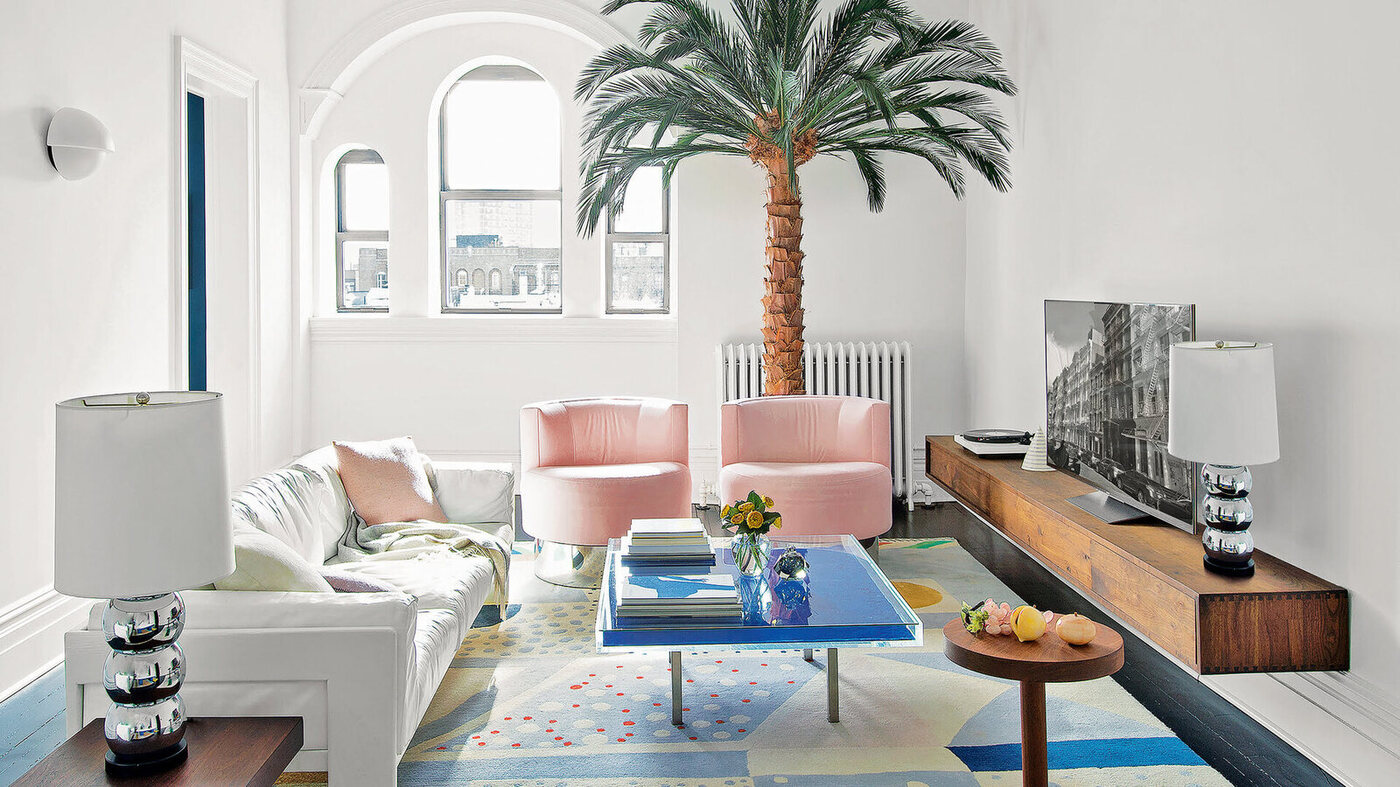
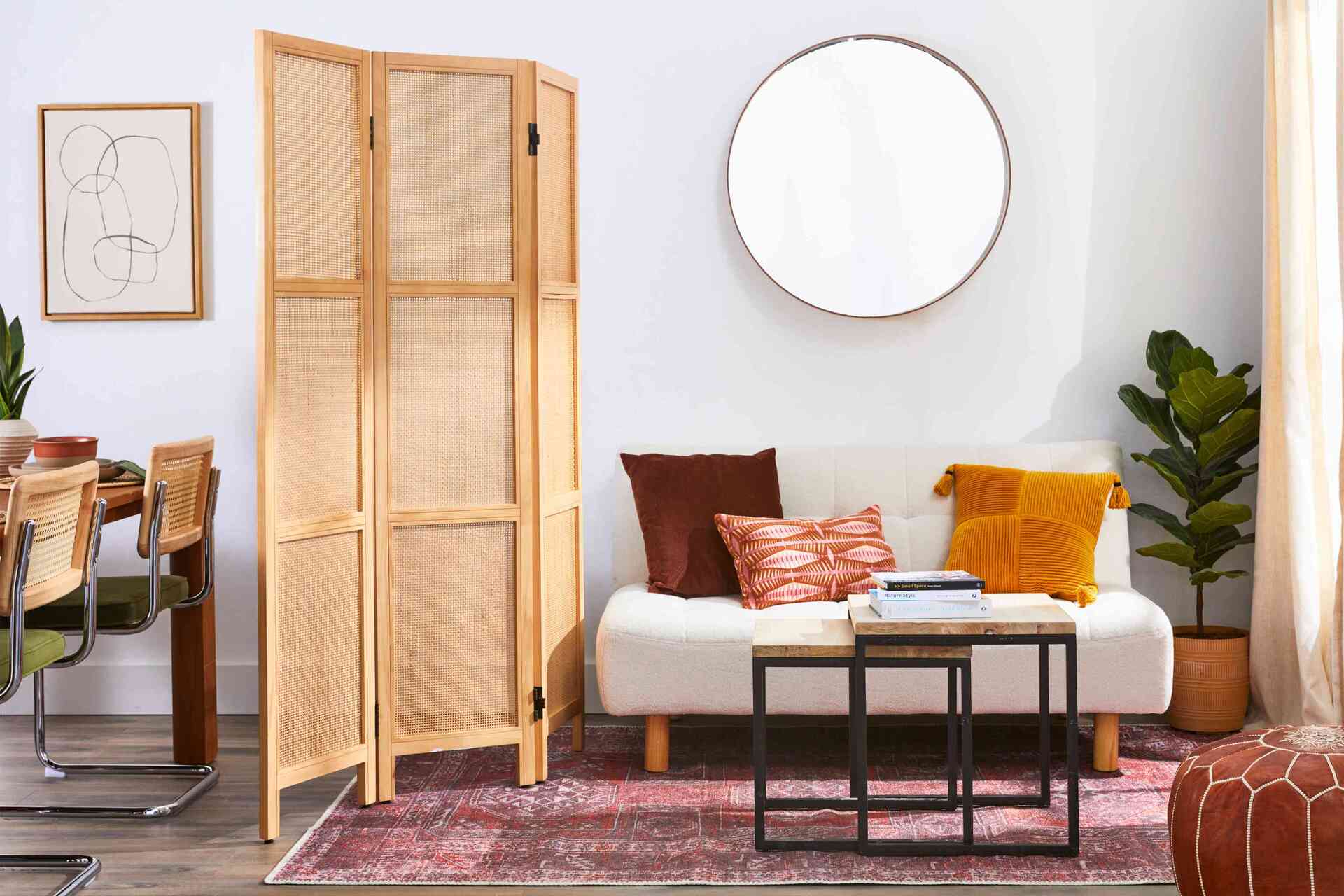
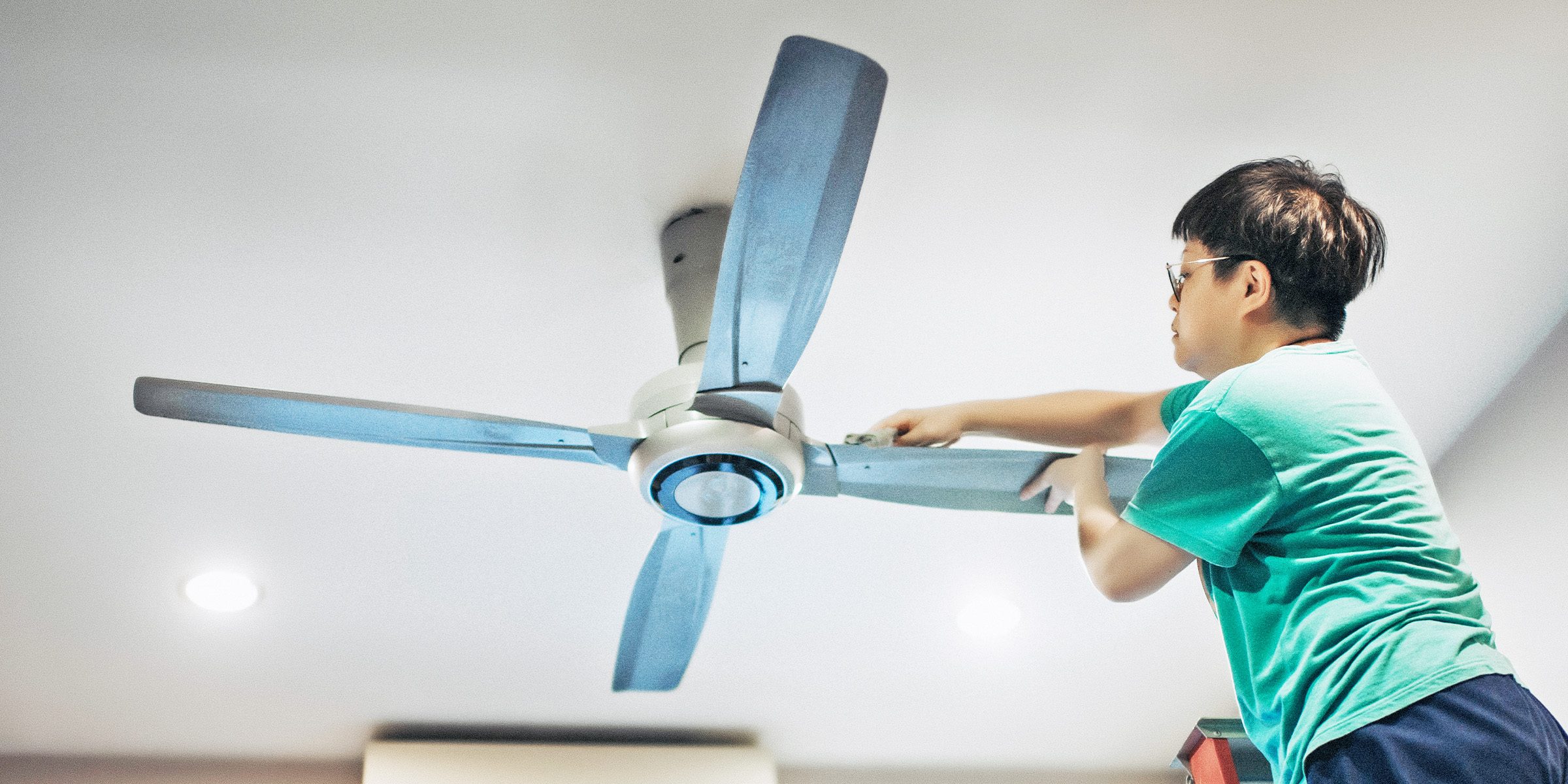
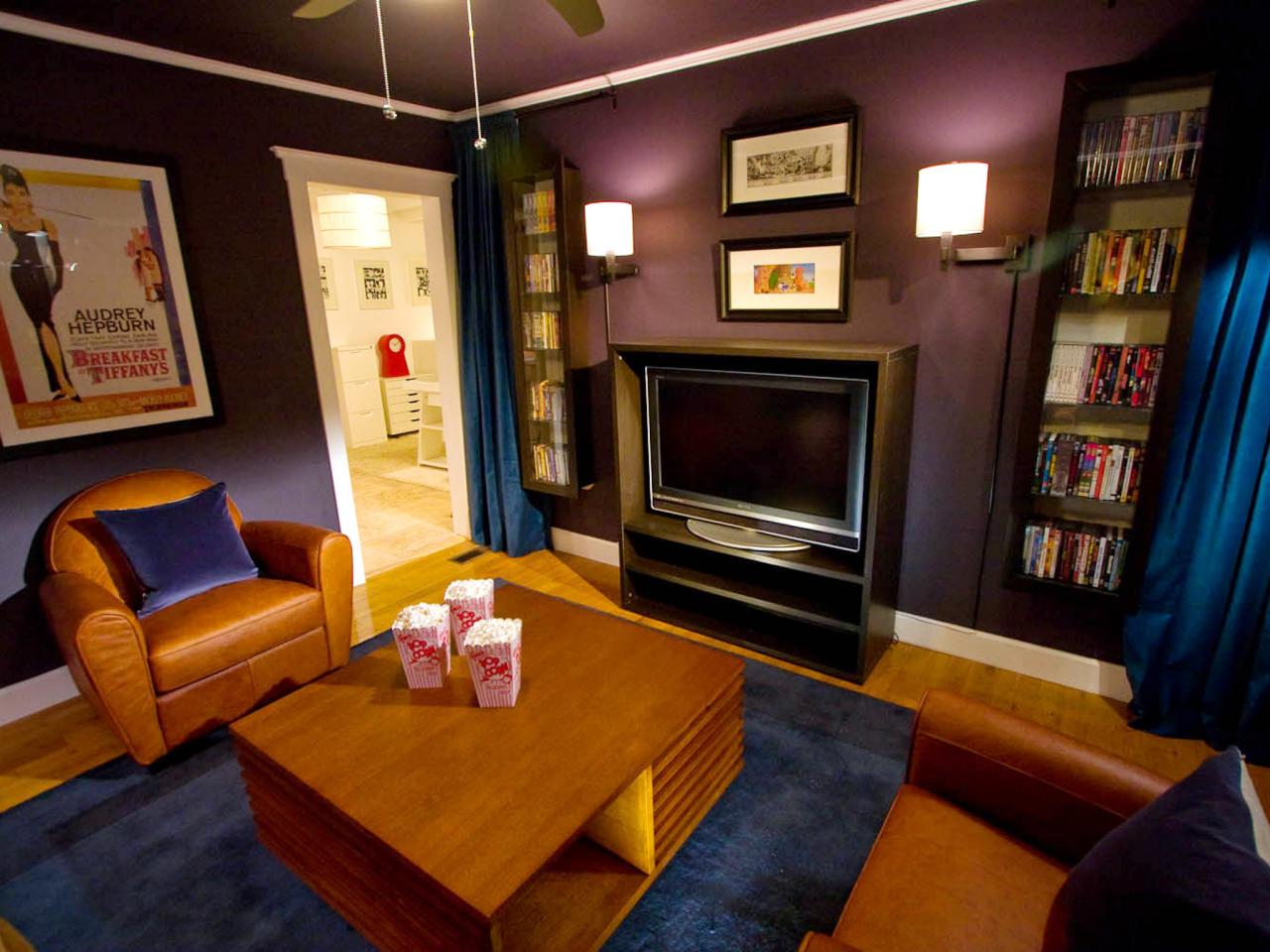
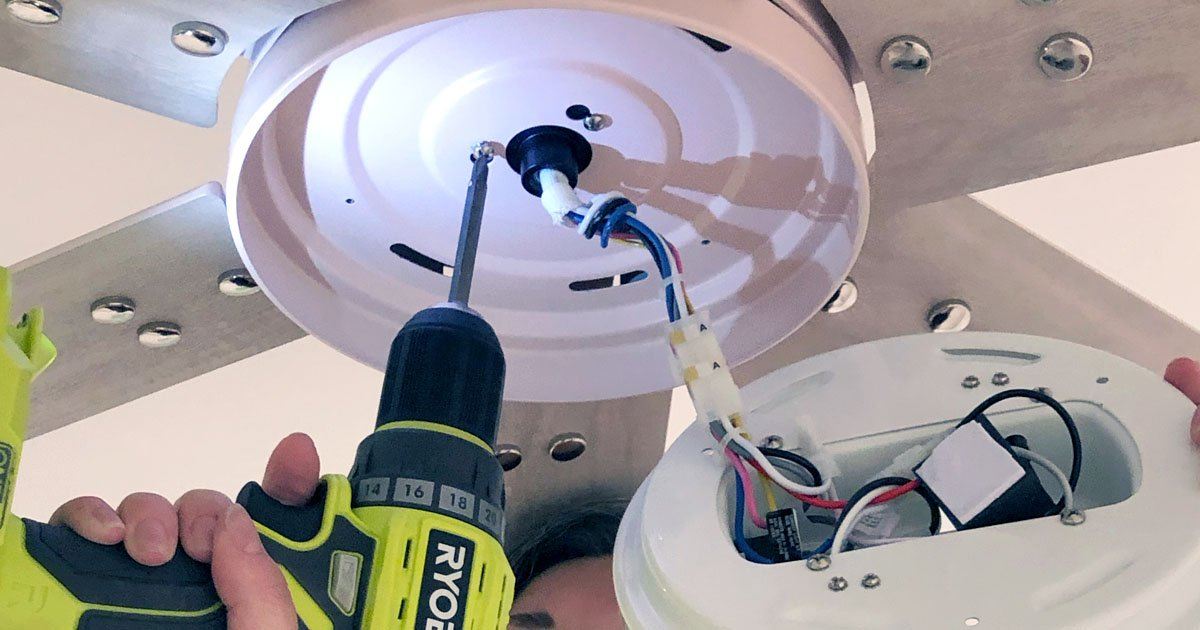
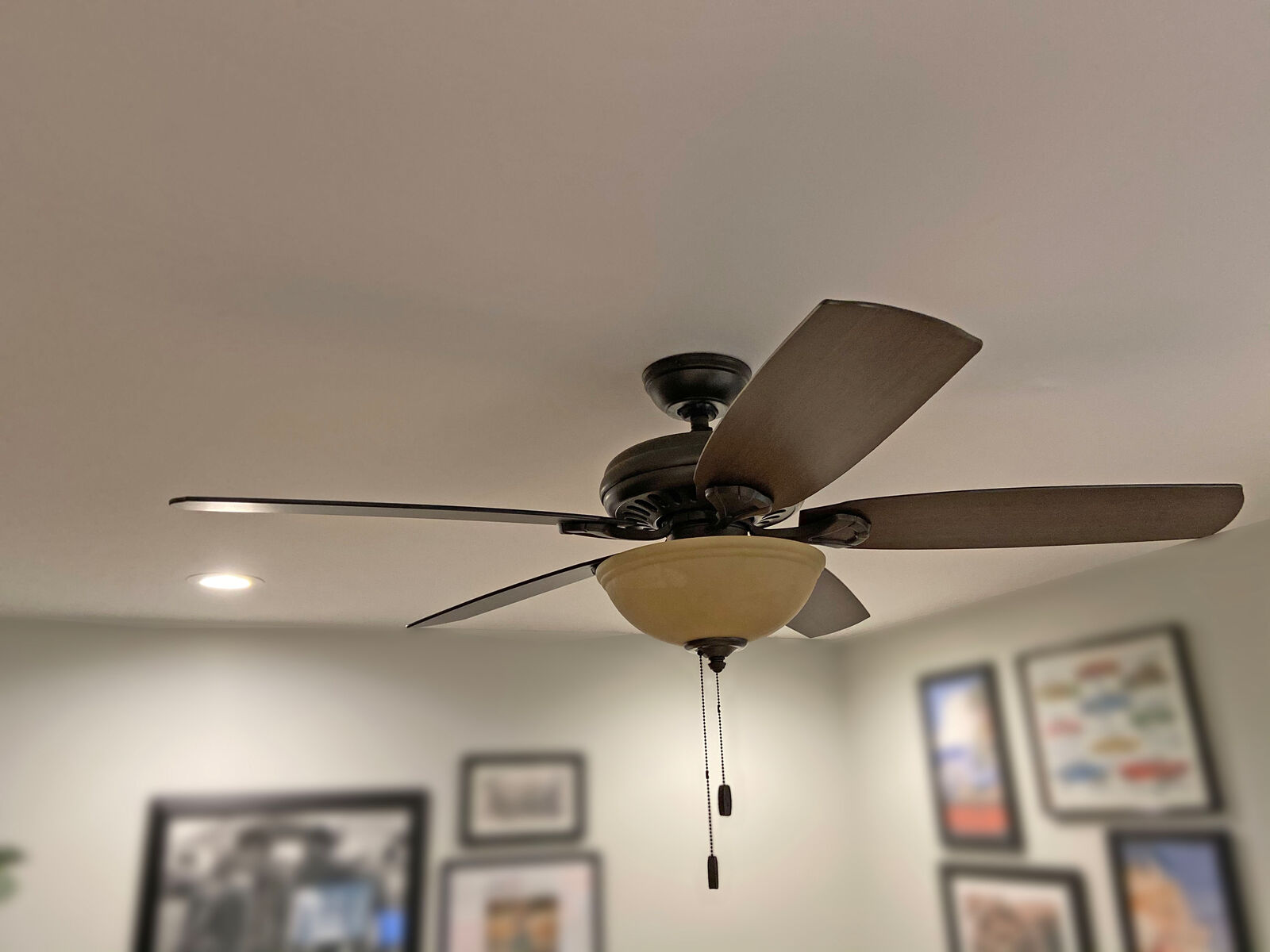

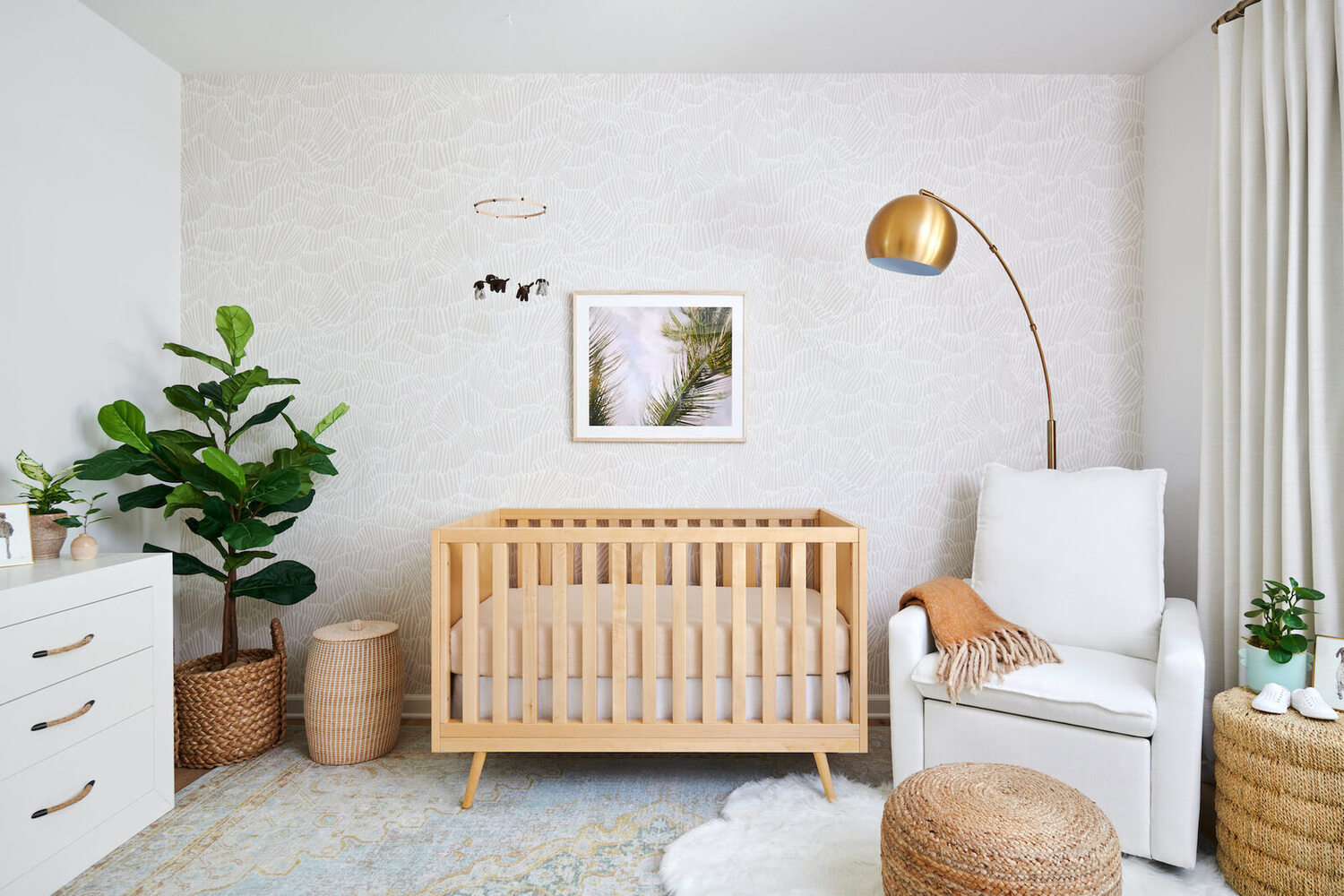
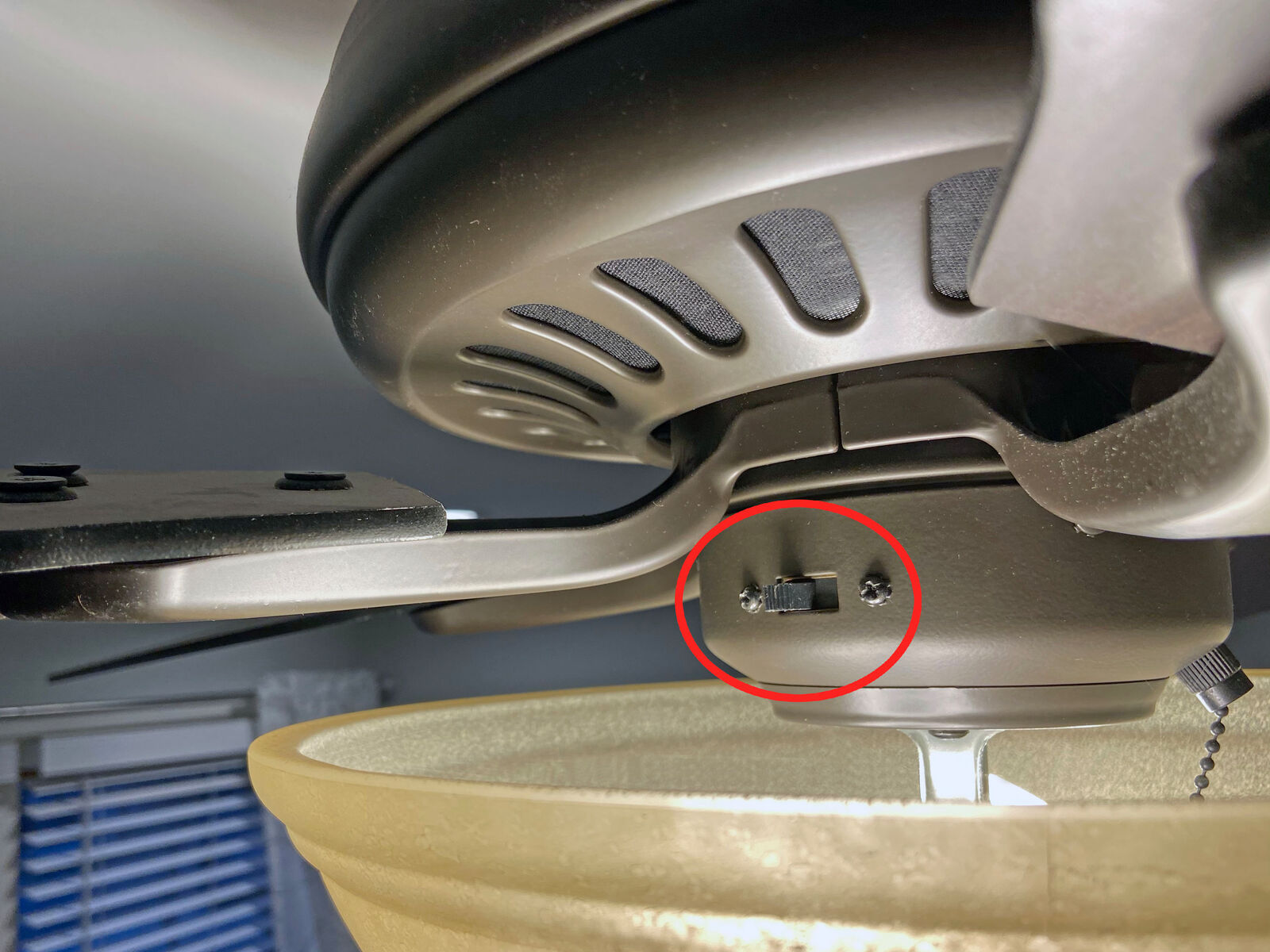
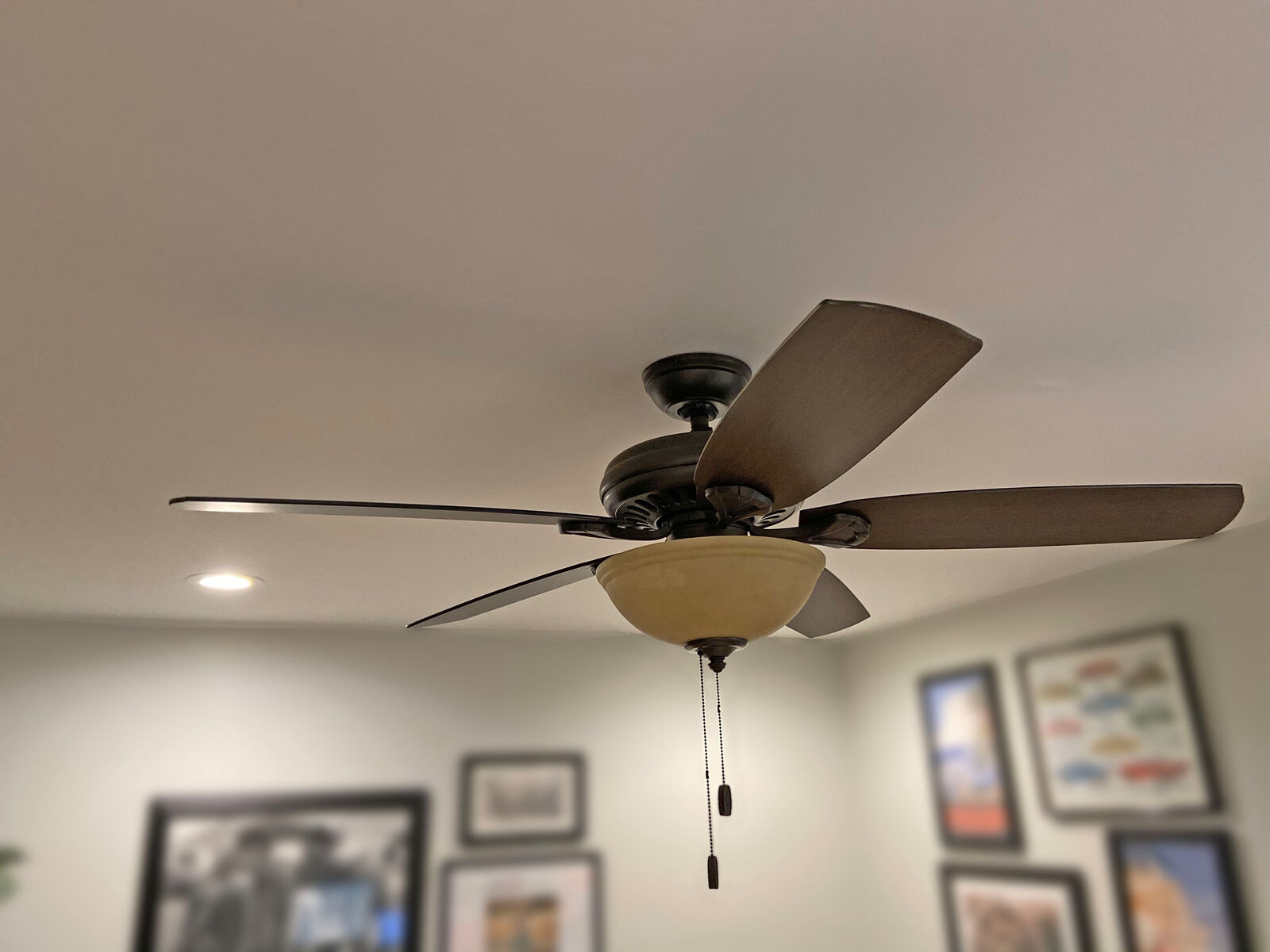
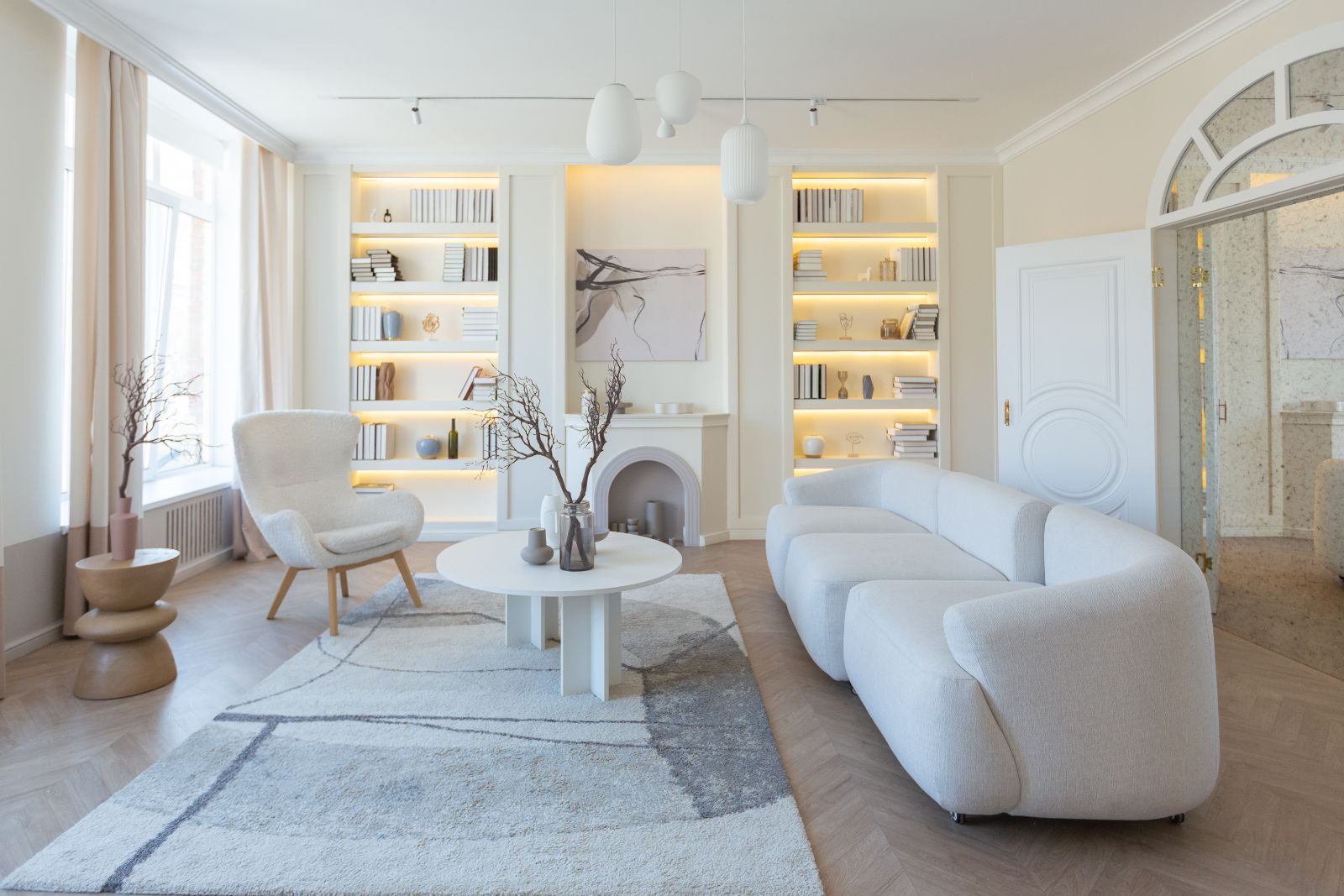
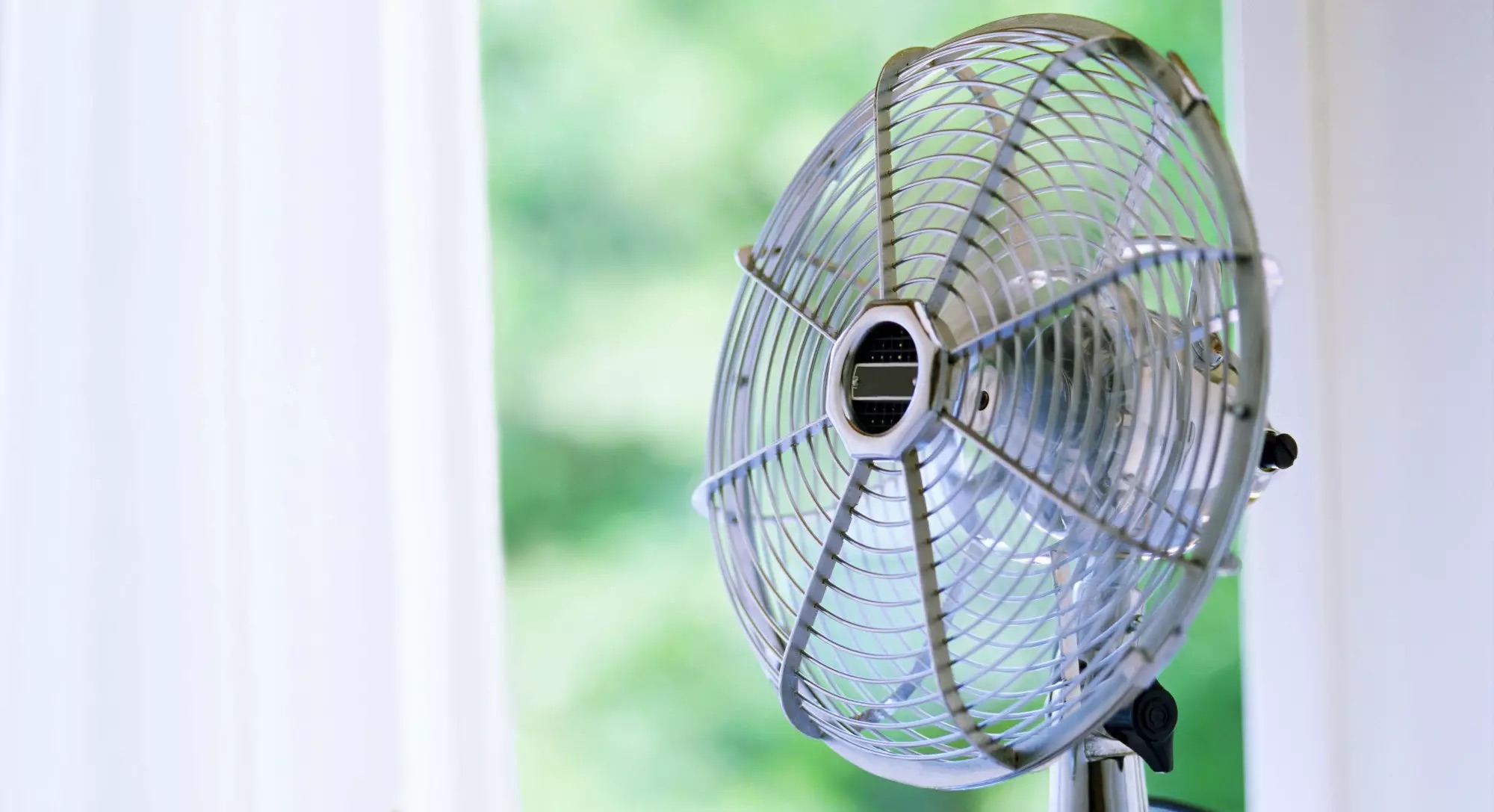


0 thoughts on “How To Cool Down A Room: 9 Ways To Lower The Temperature”